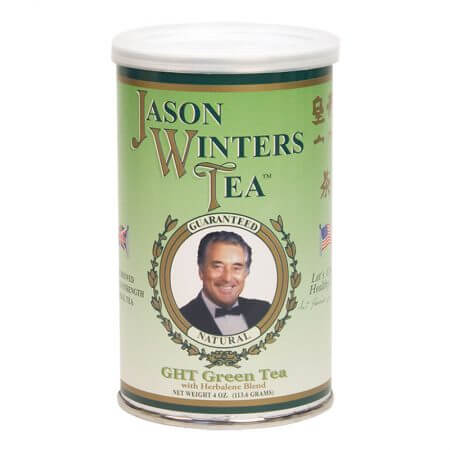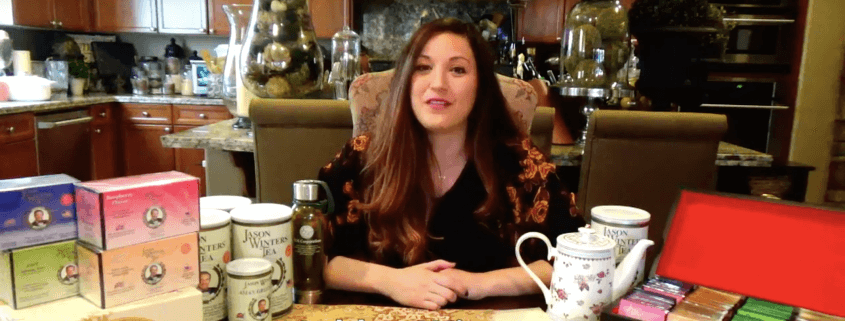Healing and Peace of Mind with Herbal Teas
“There is no distinction between food and medicine.” – Lin Yutang
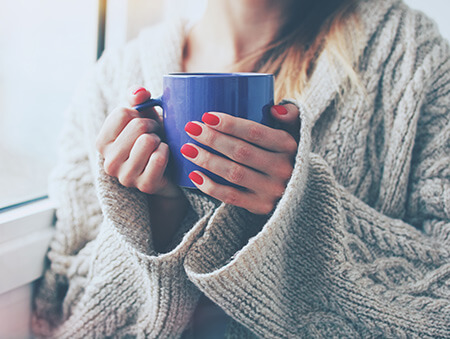
Even before recorded human history, herbal teas were being used around the world. It is our oldest form of medicine, not just for physical health. It’s also been used to improve mental health in traditional medical systems. In parts of the world such as China, Japan, India and the Middle East, the body is viewed as a whole comprised of mind, body and spirit. In Traditional Chinese Medicine, the balance of these three to prevent illness is essential for health. Illness, pain and stress can all cause the body to become imbalanced.
Doctors in China regularly prescribe not only pharmaceuticals but also herbal teas that can assist in counteracting the negative side-effects of some medications. This, in turn, helps patients to relax and allows them to more actively participate in their own healing and care. So, why do herbal teas work so well and have been so prized by humans?
What Are Herbal Teas?
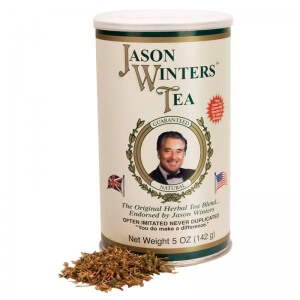
Some herbs are used alone, like with chamomile tea, but sometimes they are often used in combination to create synergistic effects, like how Sir Jason Winters Tea uses three ingredients that create a tea greater than the sum of its parts. We’ll discuss this more below.
How Do Herbal Teas Work?
The beneficial compounds in herbs are contained within the cell walls of the herbs. These compounds are generally water soluble and are most easily absorbed into the body when in liquid form. That’s why hot water is able to draw out the beneficial components.
When you drink herbal tea, the herbal properties are almost immediately are absorbed in the intestinal tract and stomach lining. From there, the properties are able to enter the bloodstream immediately. In herbalism, it’s common for a patient to drink tea regularly until the problem has passed. This is because most herbal medicine works on the premise of building a cumulative effect of the herbs in your body.
Herb tea should be very warm or hot but not too hot so that it burns your mouth. It is possible to drink herb tea at room temperature or cold, however, body absorption may take longer. If you are prescribed an herbal tea by a licensed professional, follow their instructions.
What Makes Up an Herbal Tea Formula?
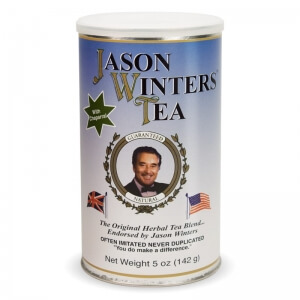
Primary Herbs – Making up the largest portion of the herbal tea formula, the primary pillar is made up of herbs which contain properties that focus mainly on the area of health that is addressed. This pillar may be made up of one or several herbs and makes up 65 -.80% of the herbal tea formula
Supporting Herbs – The second pillar in any herbal formulation is the supporting herbs. These are herbs that offer additional, assisting properties to the primary pillar herbs and making them more effective in addressing overall good health. Supporting herbs generally make up 15% or more of the herbal formula.
Activating Herbs – The third pillar of any herbal formula are those which are considered to be activating or catalyst herbs. These help get the properties found in the first two pillars moving by activating the body’s own natural healing action. Activating or catalyst herbs make up just 10 – 15% or less of an herbal blend and are often warming, diuretic, or laxative in nature.
Generally, a cup of herbal tea contains 1- 2 teaspoons of the formulation of herbs to the amount of hot water in a single serving. This is about the amount of herbs that can be found in standard herbal tea bags. You can drink your favorite tea blends hot or cold, sweetened or unsweetened, unless contraindicated by your doctor’s instructions.
How to Make & Enjoy a Cup of Herbal Tea
Very hot or boiling water is the best way to release the healing properties found within the herbs. The hot water softens the cellular wall of the herb making them bio-available or more easily assimilated within the body.
Place the dried or fresh herbs in a cup and pour hot water over them so that the properties can begin to be released.
While it is possible to make your own tea blends, it can take knowledge and experience to do this correctly. It’s best to not create your own blends, rather use a blend from a trusted tea manufacturer. Tea bags are the easiest and the most convenient way to make and consume herbal tea, as the herbs are already measured out for you in each teabag. Just follow the dosing information on the package.
Wellness and Peace with Herbal Tea
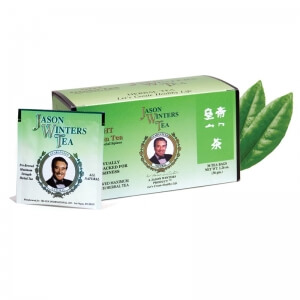
There are few things more empowering than actively participating in your own health and well-being. Drinking a relaxing cup of herbal tea throughout the day, along with a good diet, plenty of rest and exercise can help you do just this. Try drinking a blend for 30 days and see how you feel. If you’re looking to try a new tea blend, we invite you to brows our full line of herbal and green tea blends!
Resources
“The Encyclopedia of Medicinal Plants” by Andrew Chevallier, 1996, Dorling Kindersley Limited, London
“School of Natural Healing” by Dr. John R. Christopher, 20thAnniversary Edition, 1996, Christopher Publications, Springville, Utah
“The Way of Tea” by Master Lam Kam Chuyen, Lam Kai Sin and Lam Tin Yu, 2002, Barron’s Educational Series, NY
“The Tea Box” by Giles Brochard, 2001, Barron’s Educational Series, Happauge, NY
“The Story of Tea: A Cultural History and Drinking Guide” by Mary Lou Heiss, 2007, Ten Speed Press
“The New Age Herbalist” by Richard Mabey, 19888 Gaia Books, Ltd. London
“The Book of Herbal Wisdom: Using Plants as Medicine” by Matthew Wood, 1997, North Atlantic Books, Berkley, California
“20,000 Secrets of Tea” by Victoria Zak, , 1999, Random House, New York, N.Y.


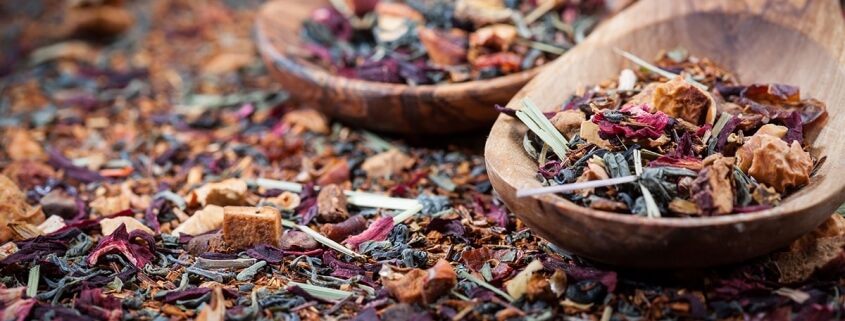
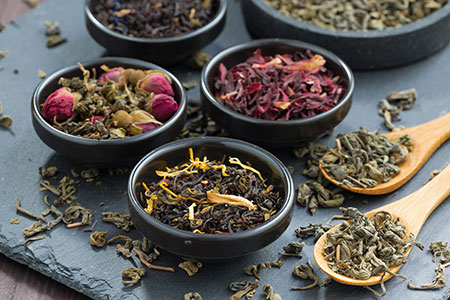 Most loose teas are hand-picked and processed in produced in a specific manner using tea leaves of high-quality in order to produce the best tea. This is sometimes referred to as the artisan method. When you use loose tea, you are most likely getting the best, most robust flavor and scent which adds to the quality of the tea.
Most loose teas are hand-picked and processed in produced in a specific manner using tea leaves of high-quality in order to produce the best tea. This is sometimes referred to as the artisan method. When you use loose tea, you are most likely getting the best, most robust flavor and scent which adds to the quality of the tea.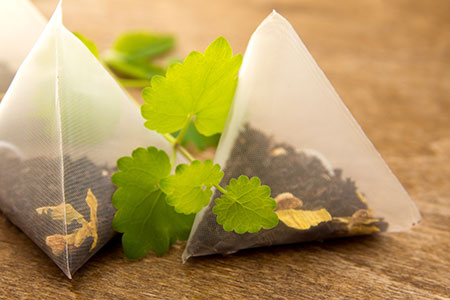 The accidental discovery of bagged tea was due in large part to a marketing scheme. It was a way for a New York tea producer, Thomas Sullivan, in the early 1900’s the ability to offer samples of new tea blends to his customers inexpensively. Sullivan put the samples in small, hand-stitched silk bags. This gave him the ability to ship new teas to his customers around the world without the added expense of putting his tea in tins. Sullivan’s customers found that even though they were supposed to remove the tea from the silk bags, it was very convenient to just leave it in the bag and
The accidental discovery of bagged tea was due in large part to a marketing scheme. It was a way for a New York tea producer, Thomas Sullivan, in the early 1900’s the ability to offer samples of new tea blends to his customers inexpensively. Sullivan put the samples in small, hand-stitched silk bags. This gave him the ability to ship new teas to his customers around the world without the added expense of putting his tea in tins. Sullivan’s customers found that even though they were supposed to remove the tea from the silk bags, it was very convenient to just leave it in the bag and 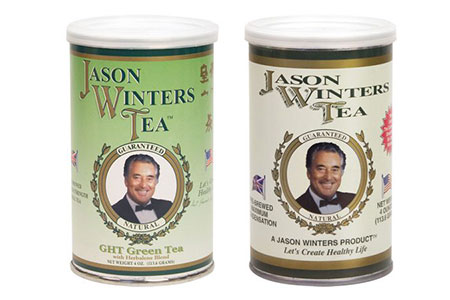

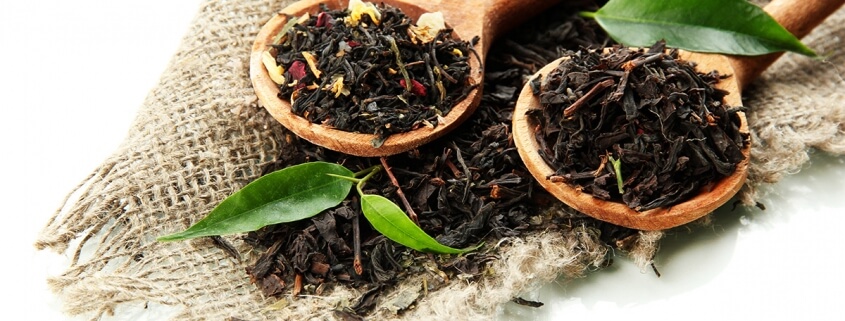
 Researchers around the world have found that green tea has a number of
Researchers around the world have found that green tea has a number of 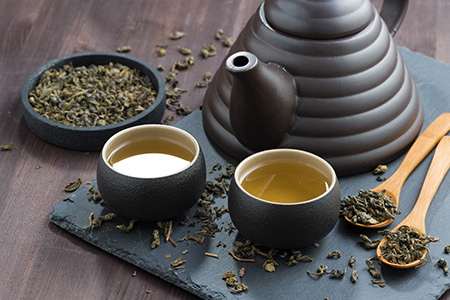 Building Up the Immune System – Since its discovery in China thousands of years ago, herbalists and healers have learned many ways that green tea can benefit the body. One way is by stimulating the body’s natural defense against illness through antioxidants. These can come in the form of flavonoids, catechins, and polyphenols which help the body to throw off potential viruses, colds, or other diseases by building up the body’s own immunity. This is particularly important for the elderly and those who are often exposed to illness. Some researchers have found that consuming a c
Building Up the Immune System – Since its discovery in China thousands of years ago, herbalists and healers have learned many ways that green tea can benefit the body. One way is by stimulating the body’s natural defense against illness through antioxidants. These can come in the form of flavonoids, catechins, and polyphenols which help the body to throw off potential viruses, colds, or other diseases by building up the body’s own immunity. This is particularly important for the elderly and those who are often exposed to illness. Some researchers have found that consuming a c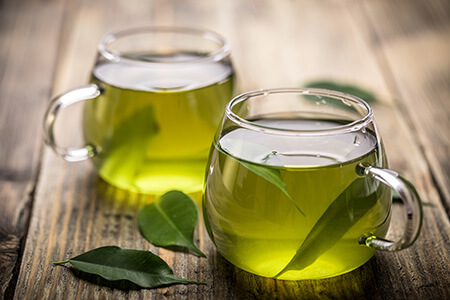 Drinking Green Tea Before Bed – In spite of what you may have heard about not drinking anything with caffeine in it before calling it a night, there can be some real benefits to enjoying a cup of green tea before bedtime. Of course, there are some people who do have medical conditions who just cannot tolerate any caffeine at all. Thankfully, such conditions are usually rare.Believe it or not, the
Drinking Green Tea Before Bed – In spite of what you may have heard about not drinking anything with caffeine in it before calling it a night, there can be some real benefits to enjoying a cup of green tea before bedtime. Of course, there are some people who do have medical conditions who just cannot tolerate any caffeine at all. Thankfully, such conditions are usually rare.Believe it or not, the 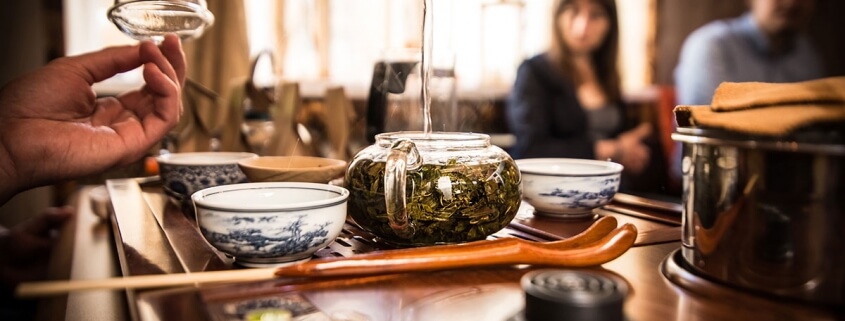
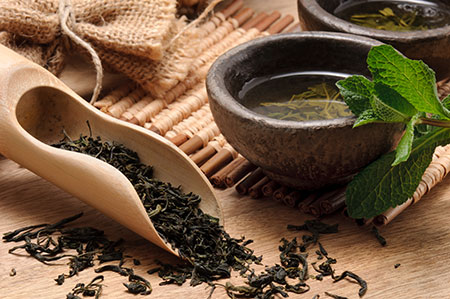 Scientists from around the world have conducted extensive studies into the power and benefits of herbs. One great example is one of the chief ingredients of green tea.
Scientists from around the world have conducted extensive studies into the power and benefits of herbs. One great example is one of the chief ingredients of green tea. 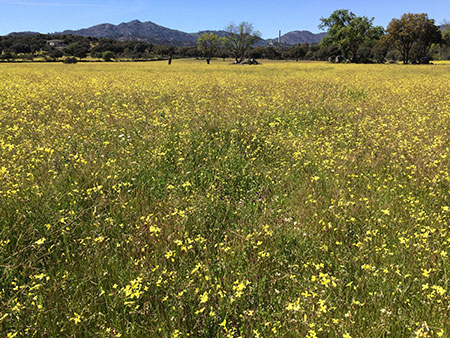 Native Americans of the Southwest and Mexico have used chaparral (Larrea tridentate), also known as creosote bush for centuries in the treatment of numerous illnesses, pain and inflammation. It is a powerful herb that contains several antioxidant properties which makes it worthy of much respect.
Native Americans of the Southwest and Mexico have used chaparral (Larrea tridentate), also known as creosote bush for centuries in the treatment of numerous illnesses, pain and inflammation. It is a powerful herb that contains several antioxidant properties which makes it worthy of much respect. 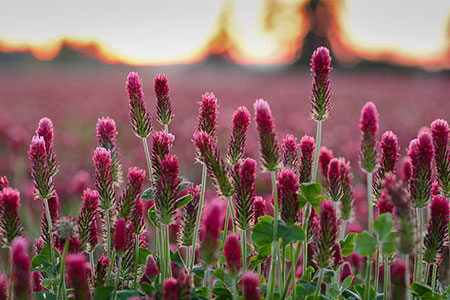 Red Clover (Trifolium pratense) is one of the world’s most well-known and effective tonic herbs.
Red Clover (Trifolium pratense) is one of the world’s most well-known and effective tonic herbs.  Ginger (Zingiber officinale) is a root plant that originated in South Asia. Since the Middle Ages, ginger has been a valued spice throughout the world. Ginger is not only a staple as a culinary herb that is added to all manner of foods and drink, its value as a medicinal herb is almost second to none. Ginger has long been known to help settle an upset stomach. It also is helpful in reducing high blood pressure, soothing coughs, as well as reducing fever. Ginger’s key constituents include gingerol, shogaol and zingerone and has shown itself to have antiviral and antimicrobial properties, according to a report appearing in the journal Phytomedicine in 2005 (
Ginger (Zingiber officinale) is a root plant that originated in South Asia. Since the Middle Ages, ginger has been a valued spice throughout the world. Ginger is not only a staple as a culinary herb that is added to all manner of foods and drink, its value as a medicinal herb is almost second to none. Ginger has long been known to help settle an upset stomach. It also is helpful in reducing high blood pressure, soothing coughs, as well as reducing fever. Ginger’s key constituents include gingerol, shogaol and zingerone and has shown itself to have antiviral and antimicrobial properties, according to a report appearing in the journal Phytomedicine in 2005 ( Many people know and appreciate turmeric (Curcuma longa) for the unique flavors that it adds to many foods. Turmeric is an antioxidant and is becoming widely accepted as an alternative for reducing inflammation and reducing pain without the use of non-steroidal anti-inflammatory drugs or NSAIDs. In a review (
Many people know and appreciate turmeric (Curcuma longa) for the unique flavors that it adds to many foods. Turmeric is an antioxidant and is becoming widely accepted as an alternative for reducing inflammation and reducing pain without the use of non-steroidal anti-inflammatory drugs or NSAIDs. In a review (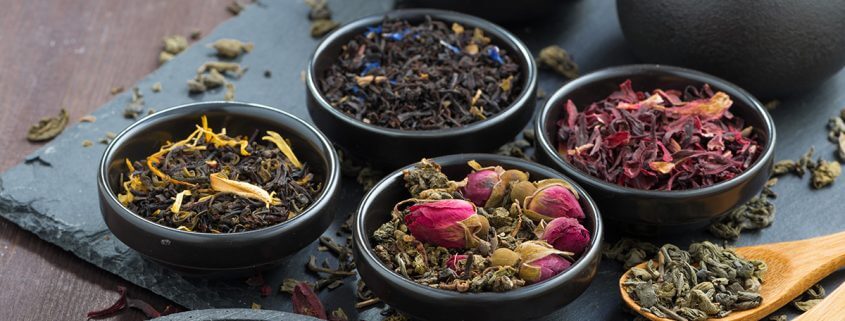
 Good clean water is essential for everyone. There is nothing quite like a bit of cold water on a hot day. Most other drinks have water as a foundation.
Good clean water is essential for everyone. There is nothing quite like a bit of cold water on a hot day. Most other drinks have water as a foundation. While it is true that a bit of caffeine can help make your mind alert, too much coffee can be more astringent and can actually dehydrate you. Most ingredients that are found in herbal tea blends do not have any caffeine. For some older adults who have health issues like high blood pressure or heart disease, caffeine should be avoided. Herbal teas generally contain no caffeine.
While it is true that a bit of caffeine can help make your mind alert, too much coffee can be more astringent and can actually dehydrate you. Most ingredients that are found in herbal tea blends do not have any caffeine. For some older adults who have health issues like high blood pressure or heart disease, caffeine should be avoided. Herbal teas generally contain no caffeine.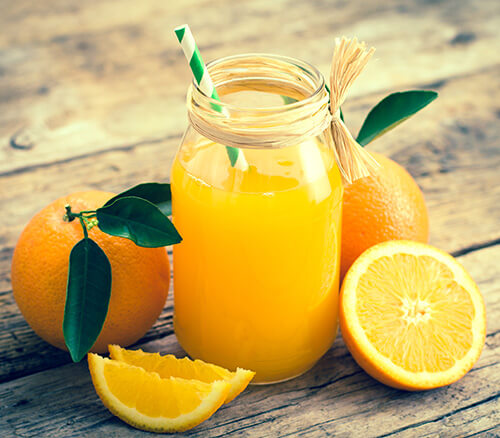 A single glass of juice can have up to 10 teaspoons of sugar in it. That can be even more sugar and calories than most sodas! What’s more is the body metabolizes sugar (sucrose or high fructose corn syrup) and the natural sugars found in fruit juice the same way. Because the natural fiber that is contained within fruit is largely discarded, the benefits of fruit are mostly lost.
A single glass of juice can have up to 10 teaspoons of sugar in it. That can be even more sugar and calories than most sodas! What’s more is the body metabolizes sugar (sucrose or high fructose corn syrup) and the natural sugars found in fruit juice the same way. Because the natural fiber that is contained within fruit is largely discarded, the benefits of fruit are mostly lost.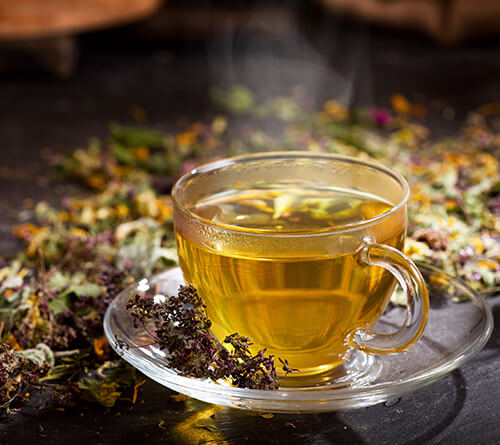 Most herbal teas are generally considered safe and can be enjoyed when you wish. Generally, herbal teas which are available commercially can be consumed safely with no problem. If you are taking herbs under the direction of a herbalist, however, you will need to stick with their instructions.
Most herbal teas are generally considered safe and can be enjoyed when you wish. Generally, herbal teas which are available commercially can be consumed safely with no problem. If you are taking herbs under the direction of a herbalist, however, you will need to stick with their instructions.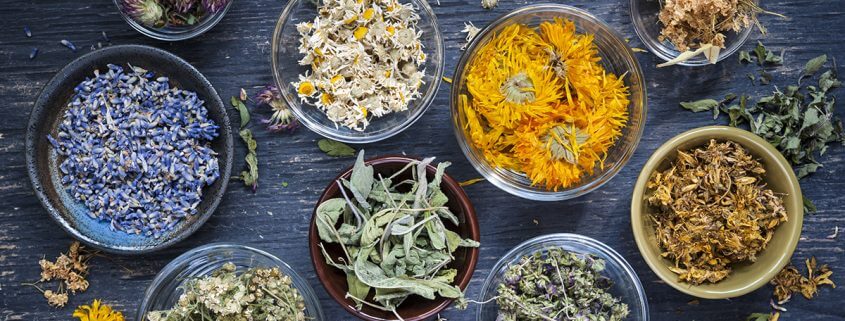
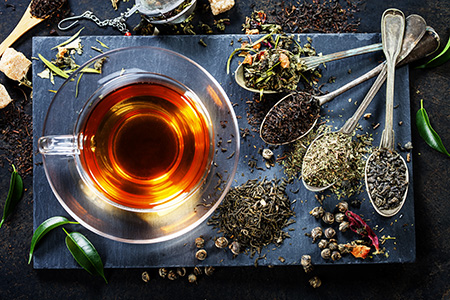 First, we need to explain some technical language. Camellia sinensis is the plant whose leaves are processed to make all of the standard types of tea that you see in the store. Herbal tea is the standard term for any liquid where any plant besides Camellia sinensis is infused or decocted.
First, we need to explain some technical language. Camellia sinensis is the plant whose leaves are processed to make all of the standard types of tea that you see in the store. Herbal tea is the standard term for any liquid where any plant besides Camellia sinensis is infused or decocted.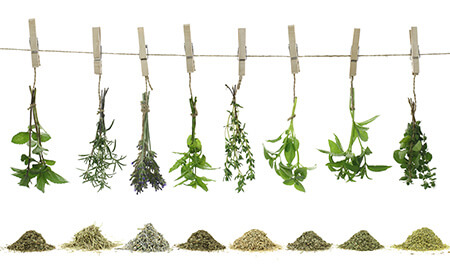 Herbal teas are not the only way to get the medicinal properties of herbs. Some can be eaten raw. Others have to be soaked in an alcohol to create a tincture. Still others can be cooked with food for an effect.
Herbal teas are not the only way to get the medicinal properties of herbs. Some can be eaten raw. Others have to be soaked in an alcohol to create a tincture. Still others can be cooked with food for an effect.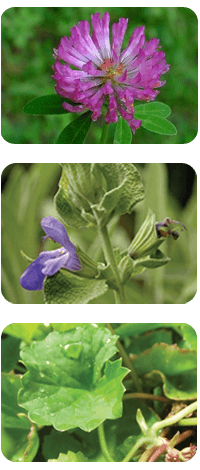
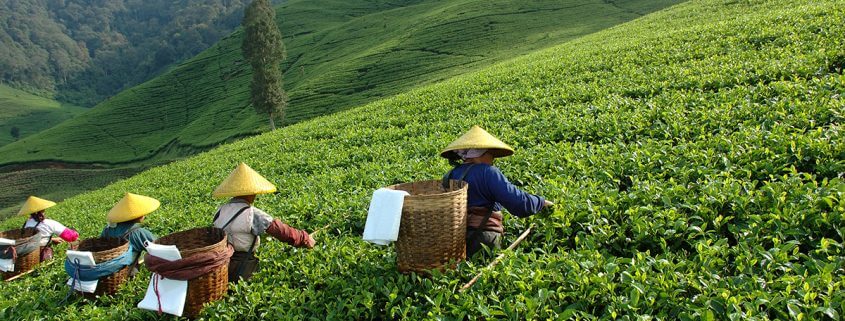
 The plant that people use to create tea is a small bush called Camilla sinensis. From this single plant come all the different cultivars of tea. Leaves from this plant are processed in many different ways to form the final product that we sip every morning. This variation is what gives tea its great complexity of flavor.
The plant that people use to create tea is a small bush called Camilla sinensis. From this single plant come all the different cultivars of tea. Leaves from this plant are processed in many different ways to form the final product that we sip every morning. This variation is what gives tea its great complexity of flavor. Only in a few countries, notably Myanmar, do people eat tea leaves directly for health and these are fermented in advance. The rest of the country brews tea in water. Drinkers have learned that the temperature of the water is a crucial factor in the final flavor of the tea. But the right temperature can vary widely depending on taste and opinion.
Only in a few countries, notably Myanmar, do people eat tea leaves directly for health and these are fermented in advance. The rest of the country brews tea in water. Drinkers have learned that the temperature of the water is a crucial factor in the final flavor of the tea. But the right temperature can vary widely depending on taste and opinion.